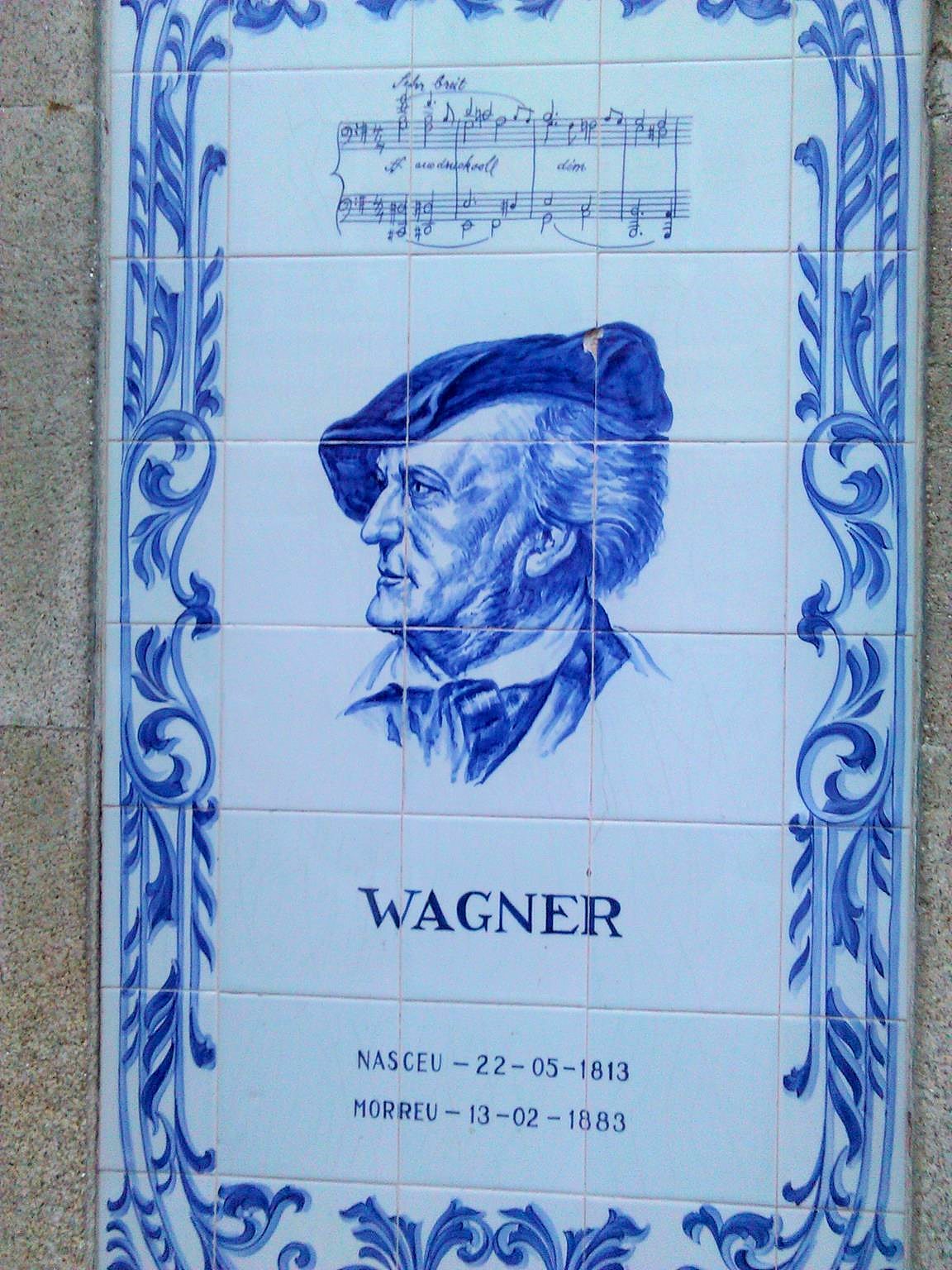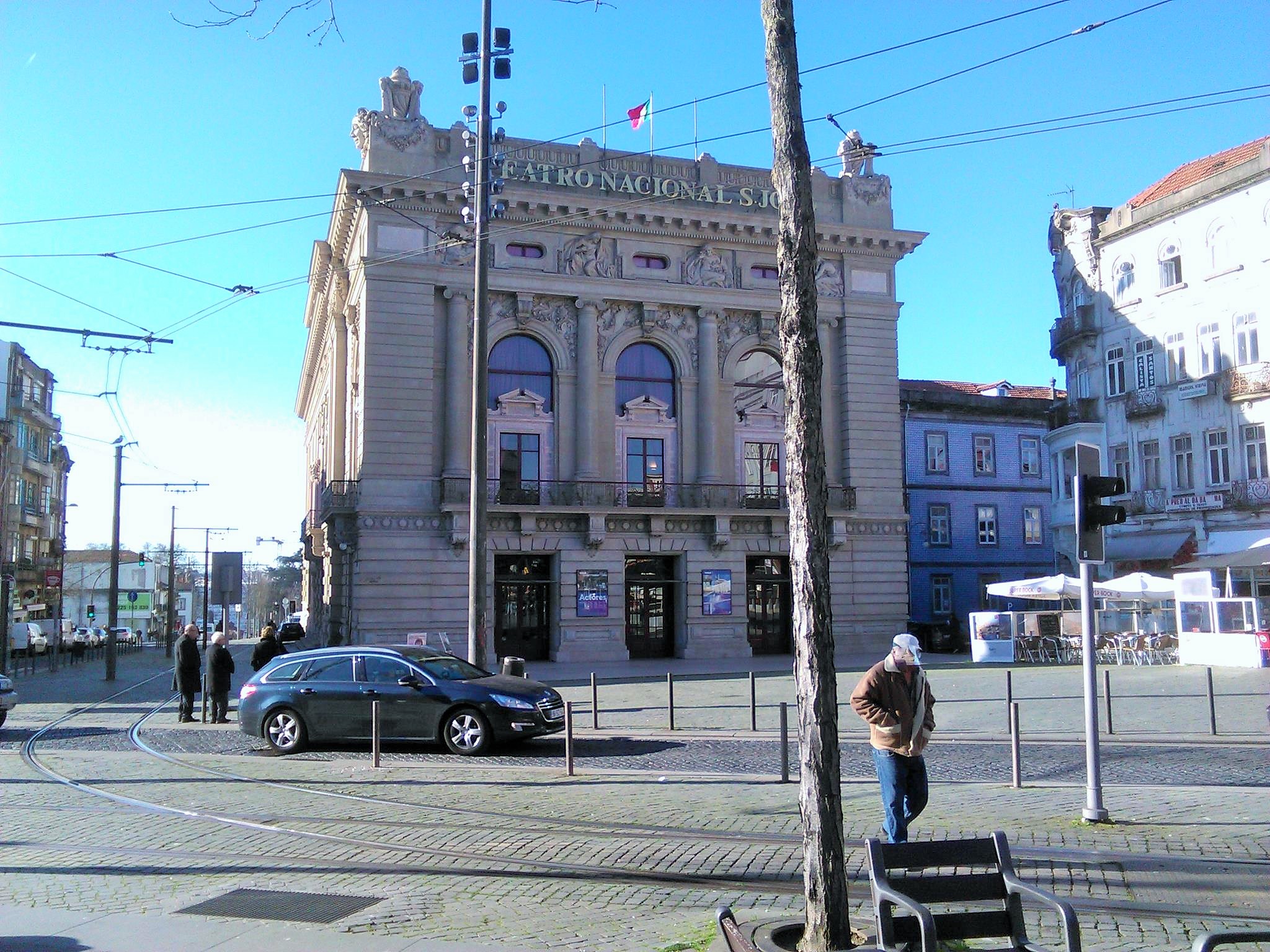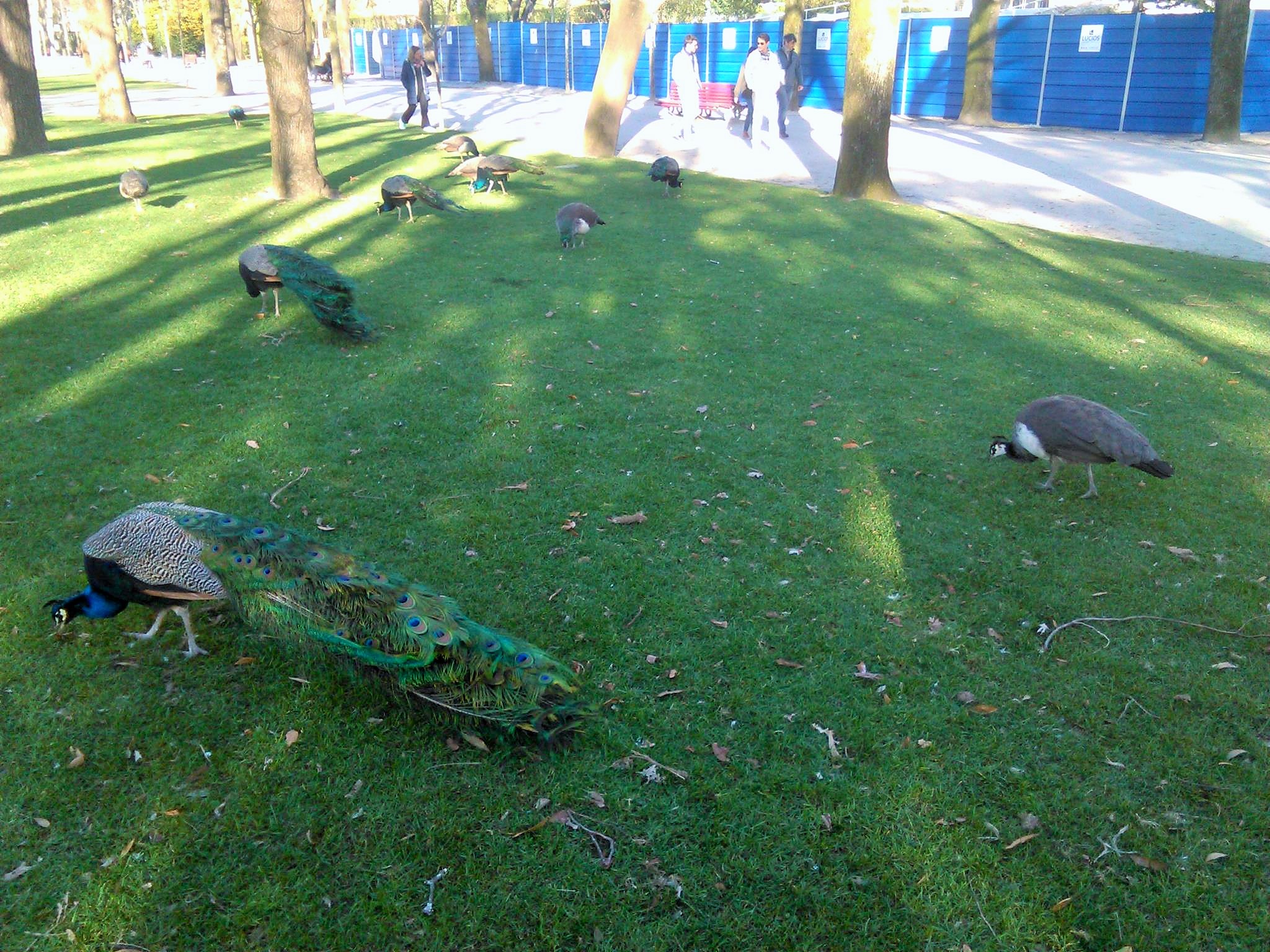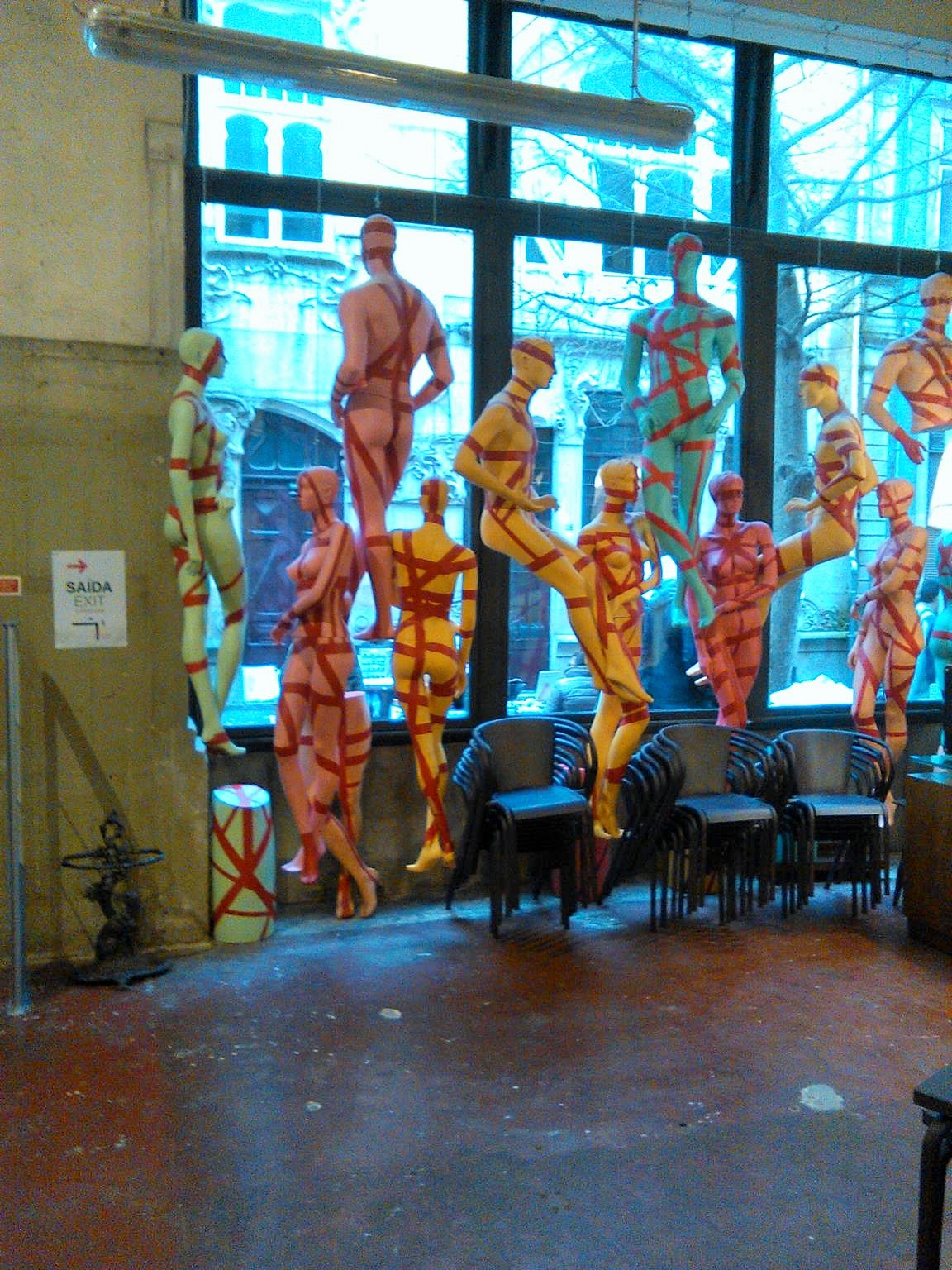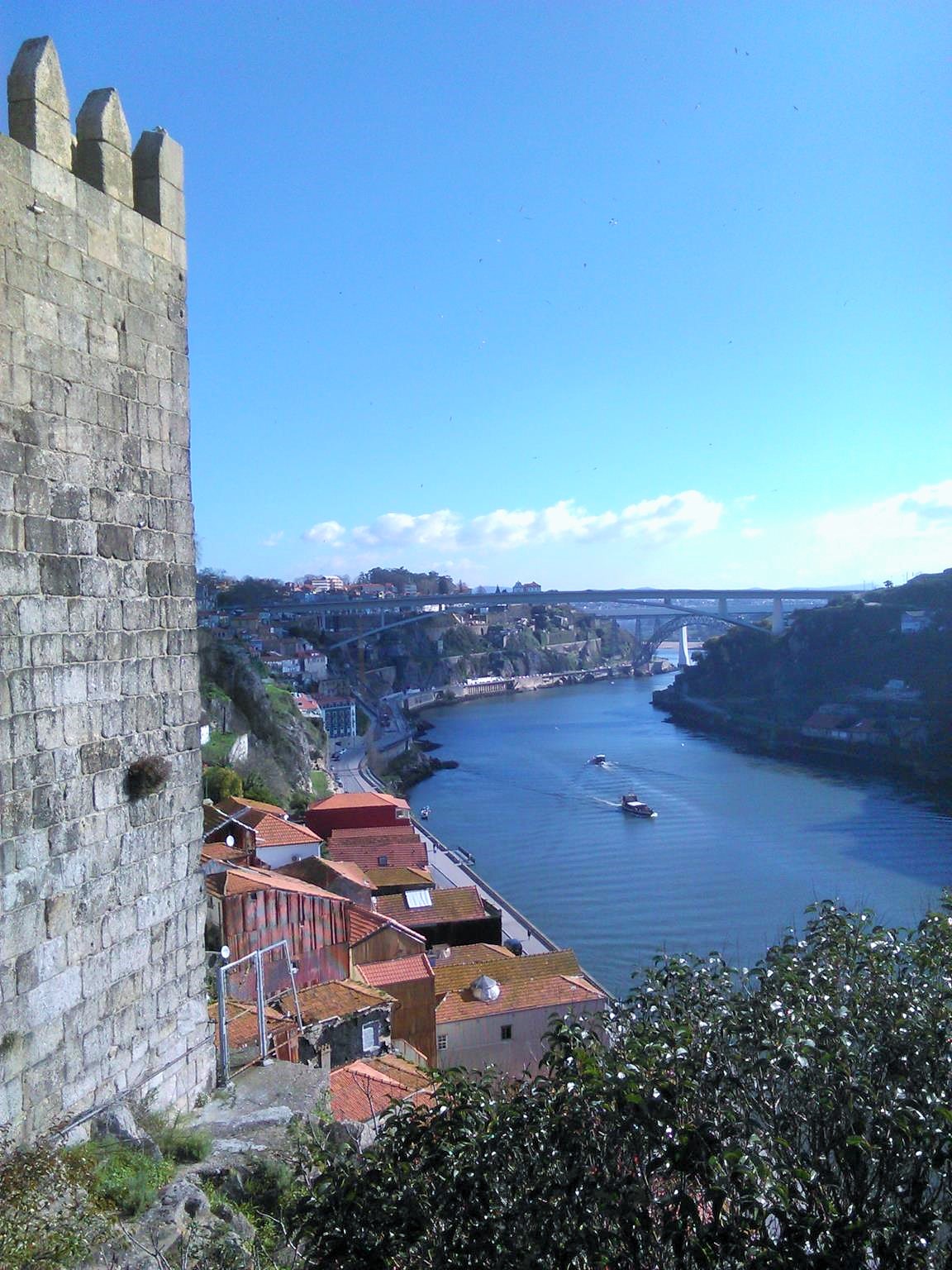Thanks a lot for the contribution of the awesome photo material and nicely written article by Frank Hofmann:
Porto is one of the most fascinating, magical and wonderful cities in Europe. The second largest city in Portugal is warm-hearted, open, colourful, absolutely livable and multicultural. With about 240,000 inhabitants, the city is not one of the densely populated and gigantic metropolises of this planet. Porto is a small town, even in a European comparison. That’s not supposed to mean anything. The city is a hit and captivates with sizes in other areas! The entire metropolitan area of Porto has a population of 1. 76 million. That is why Porto is clearly the economic and cultural hub and angling punt in the north of Portugal. The city is a real balancing act and, despite its relatively small size, has a lot to offer and experience. An absolute must!


I personally find the geographical location particularly attractive. The mountain slopes on the Douro River border the city, which is only connected to the city of Vila Nova de Gaia via six, partly magnificent bridges. The wonderful views over the steeply sloping, rocky Douro Valley are attractive at any time of the day. The bridges appear in a different light depending on the time of day. Fascinating. Very nice snapshots. The Douro flows into the Atlantic Ocean. This means that a large part of the city is embedded in water and is not called a harbour for nothing. This definitely has charm and charisma, or as I would say: „In Porto, it’s steeply uphill!“ The city is divided into an old upper and lower city. I also know this from cities in Brazil (e. g. Salvador de Baia) that are at home in mountain slopes. This also offers beautiful views and makes the scenery unique. The most famous bridge is the Ponte Dom Luís I, which on the upper floor connects the Cais de Gaia with the monastery of Serra do Pilar. The metal bridge with two floors is pretty impressive.


In the age of European expansion between the 15th century and the 20th century and 20. In the 19th century, imperialism and colonialism contributed to Porto becoming one of the most important trading metropolises in Europe. At the beginning of the 20th century, At the end of the 20th century, Porto lost its position and its importance as a result of the decline of the Portuguese colonial empire. Nevertheless, the city is still considered to be the economic and industrial centre of Portugal. In 2001, Porto was the European Capital of Culture.
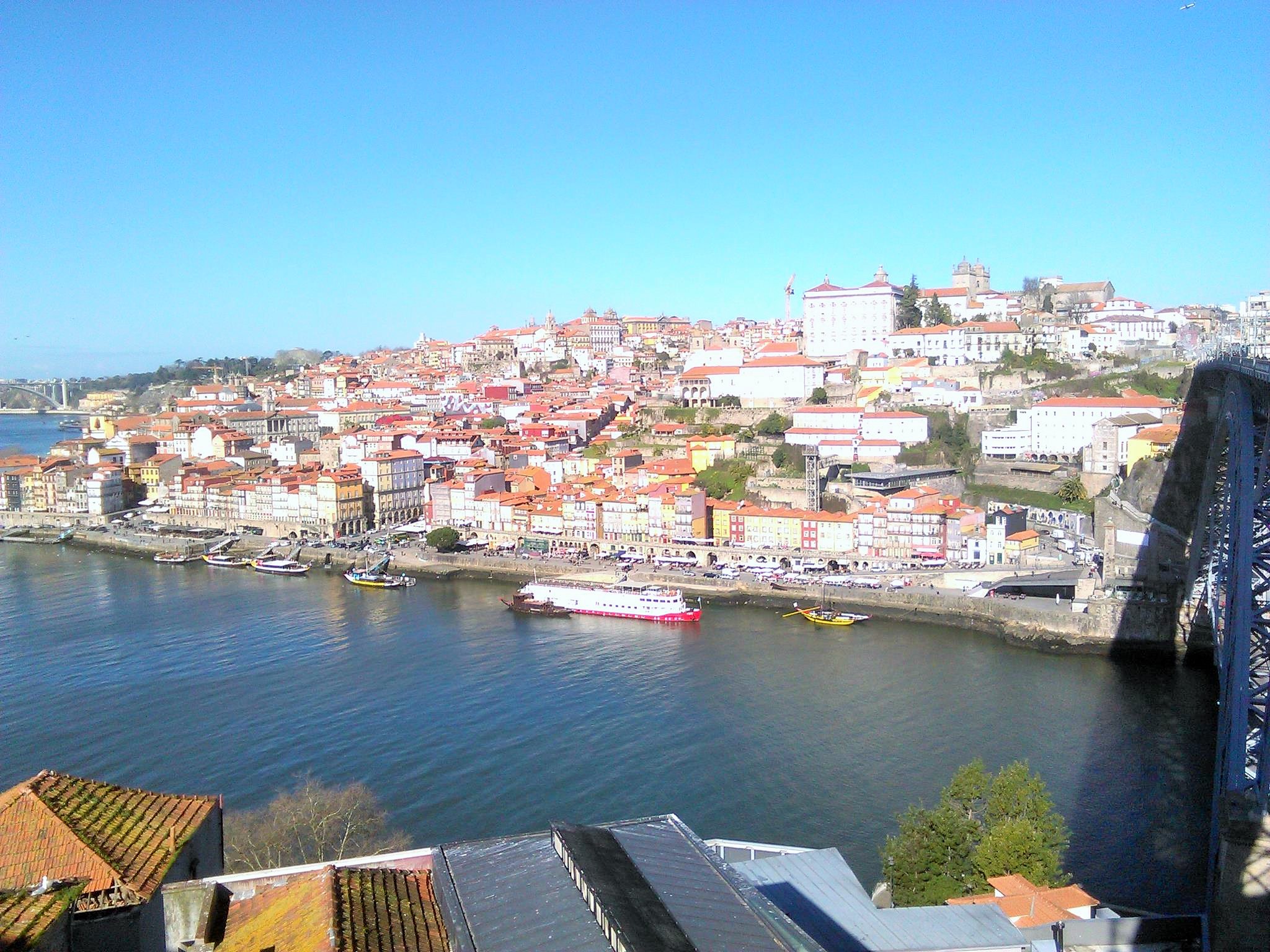

The architecture in Porto is characterized by the colonial style of bygone times. The His-Torian centre is now a UNESCO World Heritage Site. Particularly striking are the Azulejo houses. The houses are studded with ceramic tiles in blue and white, which are arranged squarely, depicting entire image cycles. These weatherproof tiles are an integral part of the cityscape in Porto and are often combined into artistic murals on public monuments and buildings, house facades and churches, but also on interior walls. Often old flower, bird and ship motifs are processed. They not only serve the optics, but are also intended to protect against heat and moisture in the winter.

Important azulejo-style buildings include the São Bento railway station designed by Portuguese architect José Marques da Silva, and the baroque church of Igreja do Carmo, built in 1768. The contemporary, avant-garde building and urban concert hall Casa da Música, designed by Dutch architects Rem Koolhaas and Ellen Van Loon (OMA, Rotterdam), also has interior azulejo style elements. Azulejos are by no means just a traditional relic of bygone times; due to their use in contemporary architecture, they remain modern and grow in the visual cityscape. Moorish azulejo houses can be found throughout the city and form the cityscape artistically impressive.



The whole city is a single attraction and highly lucrative. In addition to many magnificent buildings, such as Liberdade Square or the Palácio da Bolsa, the colorful houses on the Cais do Ribeira with its many cafes and a rewarding view of the port wine halls of Vila Nova de Gaia are worth a stop. Speaking of port. It should, of course, be eaten. Porto stands beyond the Iberian borders for exquisite port wine, which is produced and sold in Porto and stored in Vila Nova de Gaia. Port wine, port wine, port wine. In Porto, visitors and locals can really enjoy themselves behind the scenes.


After every good meal in the evening hours a perfect aperitif after the opulent and delicate meal. There’s plenty of port wine there. It tastes good, shoots good, is a regi-onal product and it is definitely desirable to try it there. The price-performance ratio is really strong for tourists, especially over the European winter months. This makes it particularly inexpensive and easy to live in comparison with other European countries. Personally, I prefer late autumn. The inhabitants of Porto probably prefer port wine, beer or cherry liqueur.

The bookstore Livaria Lello is an absolute must for me. That’s a crazy bookstore. It is worthwhile both for the purchase of books and for the visit, since the visit is not free, the visitor should combine the entrance with a purchase of books. Even if you can’t read a word, if you can’t speak Portuguese. It doesn’t matter, buying books. As you get the entrance again, as the purchase of books is charged with the entrance. The architecture is very horny, fascinating and enchanting. It is reminiscent of Harry Potter’s novels and the descriptions of magical buildings. The fairy tale studio was built in 1906 by the engineer and author Francisco Xavier Estevez. The library impresses with a super nice interior design made of wood. The store has several floors, is angled and blurred, conspicuous and sophisticated. It was not a snake, went fix and was really extremely rewarding. Besides, I now have a book that I can’t read, but I have a book from one of the most beautiful, imposing and inviting bookstores in the world. That’s great!

Another attraction is the church of the clerics (Igreja dos Clérigos). The significant Baroque church, built between 1732 and 1750 by the Italian architect Nicolau Nasoni, is the tallest church tower in Portugal and is considered a landmark of the city. The church tower is 76 meters high and has 224 steps. If you are in good shape, after the mountainous footpaths through Porto, you should climb the church tower and enjoy the view from the highest point of the city. If you don’t want to, you can wait so long in one of the numerous bars. The cathedral of Porto and the lighthouse of Porto (Farolim de Felgueires) are also interesting. At the lighthouse it is always a question of weather and the Atlantic Ocean. If the two components do not fit together, it will be very difficult to enter the area. The meteorological conditions determine whether the quay can be entered to the lighthouse or whether there is no chance. Because wind and waves are treacherous at this point and the danger quickly arises of landing in the ocean and being torn away. The lighthouse stands at the point where the Douro flows into the Atlantic Ocean. You can also linger there on the benches of the promenade.


The many green areas also invite you to linger. There you can relax excellently. It’s best with a book you can’t read. Then it is worth drinking a superbock (beer) in the park and talking to tourists or locals. The city park (Parque da Cidade do Porto) is located directly on the Atlantic Ocean. There are many advantages to this. In addition to relaxation, sunbathing, picnicking and hanging out, many people focus on sports. Swimming, surfing, beach volleyball and football are celebrated on the beach. The Portuguese are sports-crazy people and live the sport intensively and emotionally, with a large portion of ambition and fun. They’re really good at stepping on the gas. The small stone fort Forte de São Francisco Xavier, occupied with cannons, can be reached in a few minutes from the city park and recommended as a relic of the colonial period. The entire area on the Atlantic has a lot of flair and charm. The botanical garden (Jardim Botânico do Porto) offers beside wild peacocks (animals) wonderful niches to escape the hardships of the city. The view over the city to Vila Nova de Gaia is breathtakingly beautiful. There are many green oases in the city. This enriches the overall appearance.

The inhabitants of Porto are masters of good living. They do a lot of things right. The architecture, the narrow, compact, friendly, planted alleys, the many green spaces, the water and the people form a symbiosis here. Cosiness and idleness are always good companions in the city. The onset of decay of some buildings is not disturbing. The city has a very long, old tradition and seems to be lived in parts. I like that pretty much. It doesn’t matter if the plaster crumbles off the wall. As long as there’s good food and drink on the table. The mixture of decay, culture, individual cafes and good restaurants invite you to enjoy the city. And to the fullest. There are fresh fish and seafood everywhere, as well as high-quality fruit and vegetable shops.


The food is very important to me there. The price-performance ratio is phenomenal. Be it for self-sufficiency and cooking in your own four walls or to make one of the good restaurants unsafe. It is only important that you do not frequent too many sockets at the same time in your own four walls. If a person is blow-drying his hair and a kitchen appliance is used at the same time, then it can happen that the whole street is dark. Short circuits occur quickly at too high a frequency. That’s something you have to know first. Otherwise the whole place burns down while scampi are being prepared, that doesn’t have to be. If you are afraid to cook in the apartment, you can order snacks at any time, such as Bacalao (fish balls) or Pastel de Nata (tart with pudding filling) in one of the numerous cafés and take them with you.

Portuguese people are very stylish, well-groomed people who appear accurate and elegant, have taste in my eyes and enjoy life where it is possible. The atmosphere has a lot of charm and makes the city absolutely diverse, livable and colorful. There are many excellent cafes and restaurants. For breakfast various cafes with lots of charm, fair prices and inviting selection. The Molete Bread & Breakfast Saint Lazarus or the Confeitaria do „Bolhão“ are very good recommendations. There is coffee, freshly squeezed orange juice, ham-cheese croissants, pastel de nata, bacalao and sandwiches for a narrow thaler. The Molete Bread & Breakfast Saint Lazarus was a kind of regular store. Very cozy, familiar and welcoming. In the cafe we were each-day for breakfast to start the day. The locals are sociable and enjoy being outdoors. Feels every café or café. Restaurant has an outdoor area. Res-taurants are also worth mentioning.
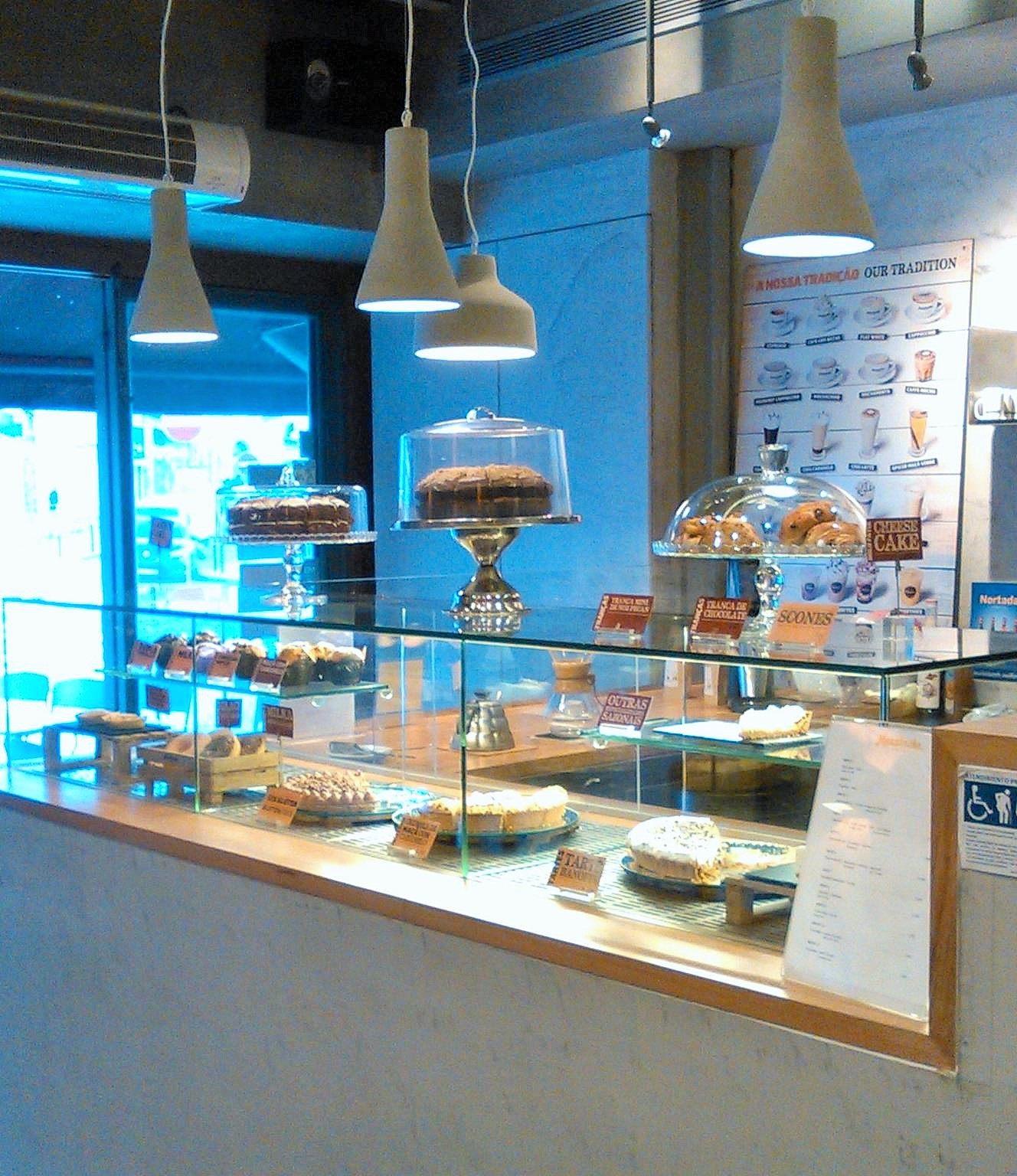
Our favourite is the Traça in the Largo São Domingos 88. Excellent dishes, compulsive and cozy ambience and food until the late evening hours. Main courses are available here from 20 euros. That’s great! The Taberna do Largo is also recommended for good Portuguese-style meat and fish dishes. Last but not least, Café Progresso is our insider tip for good cakes. Really tasty. Quaint shop, charming and incredibly good cakes. To go out there is a complete bar area around the church of the clerics. The Book House (Casa do Livro) is a trendy bar with plenty of bookshelves. Once home to a bookstore, parts of the former ambient were integrated into a cosy bar. Super stylish and two or three Superbock always go there. The Gin House is definitely good for the late evening hours and also the Galerias de Paris or the Pipa Velha are in a good mood. Here you don’t have to worry and can still stop by at a late hour.

Due to the mild climate in winter – in December and January it was still 15 degrees Celsius – and the warm and long summer months, the location on the Atlantic Ocean and the fresh sea air, Porto is more than just an insider tip. The most important thing comes to an end. The people in Porto are friendly, open, cheerful, spirited and really in a good mood. Helpfulness, hospitality, support and active life at all corners and ends. There’s real life in the booth. Better said, on the streets. The inhabitants of Porto exaggerate almost a little with these attributes, which take care of everything. The mixture of very social service providers – who also like to bring you personally to the airport – great hospitality coupled with openness and friendliness, make the people there remarkable.
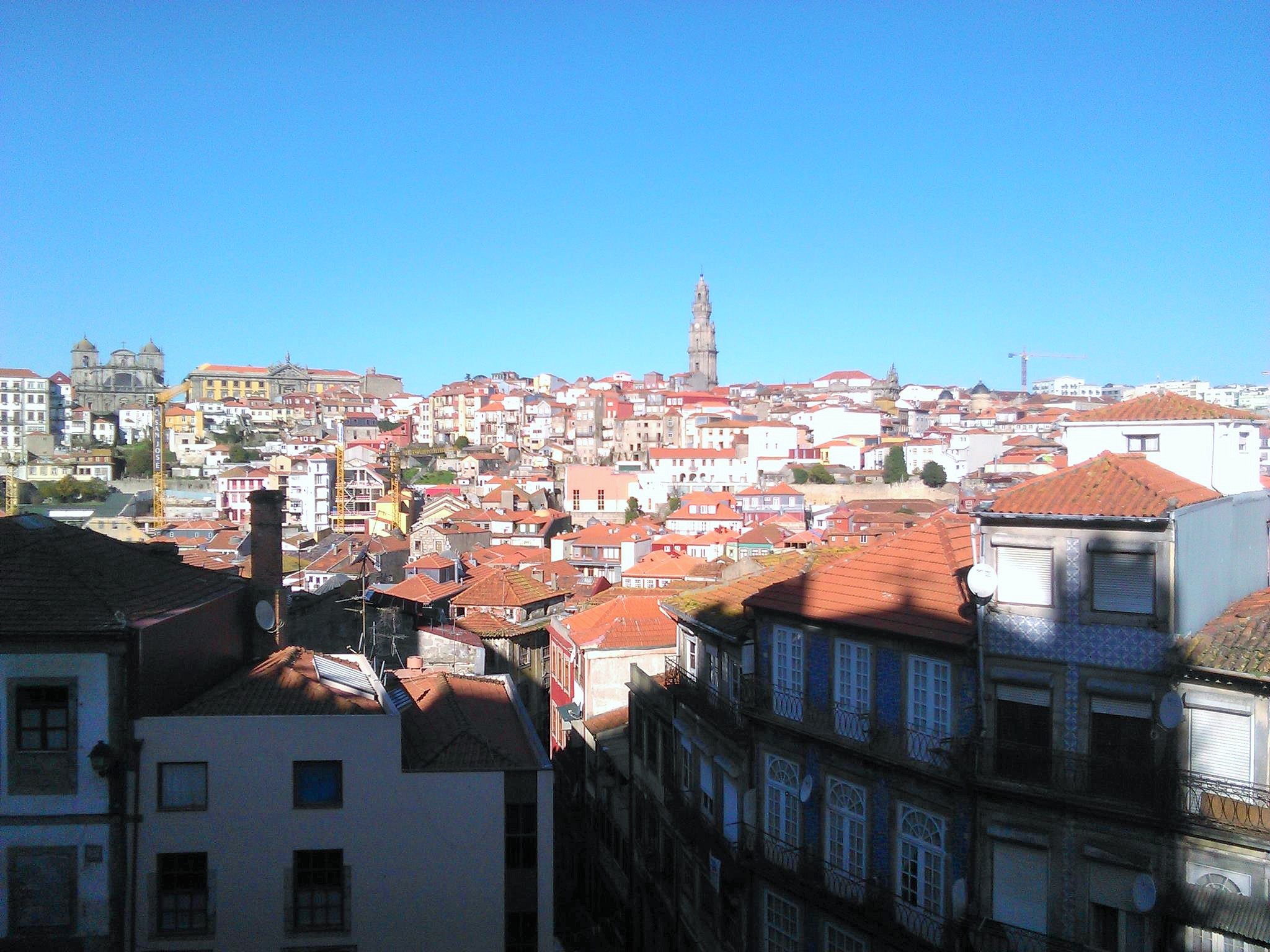
That’s pretty good. If you bring your own plans for the city, there should be a willingness to make these plans even more optimal for a good time. Travelling with locals offers certain advantages. They know the city. Good restaurants, events; cultural sites and recommendations included. A good deal of spontaneity and openness for even more and better plans to explore the city are not wrong. The sport madness can be felt at all corners and ends. The Portuguese are proud of their football hero Christiano Ronaldo. There are many shops with sporting goods and even more shops with Christiano Ronaldo. While in Norway probably Christiano Ronal-do’s hairdressers live (see article: Tøyen, Oslo), in Porto everyone can be Christiano Ronaldo. Because no matter what you buy, a Christiano Ronaldo mask is always free. So on our trip the football star was always with us. Be it in bed, in the shower or in the restaurant.
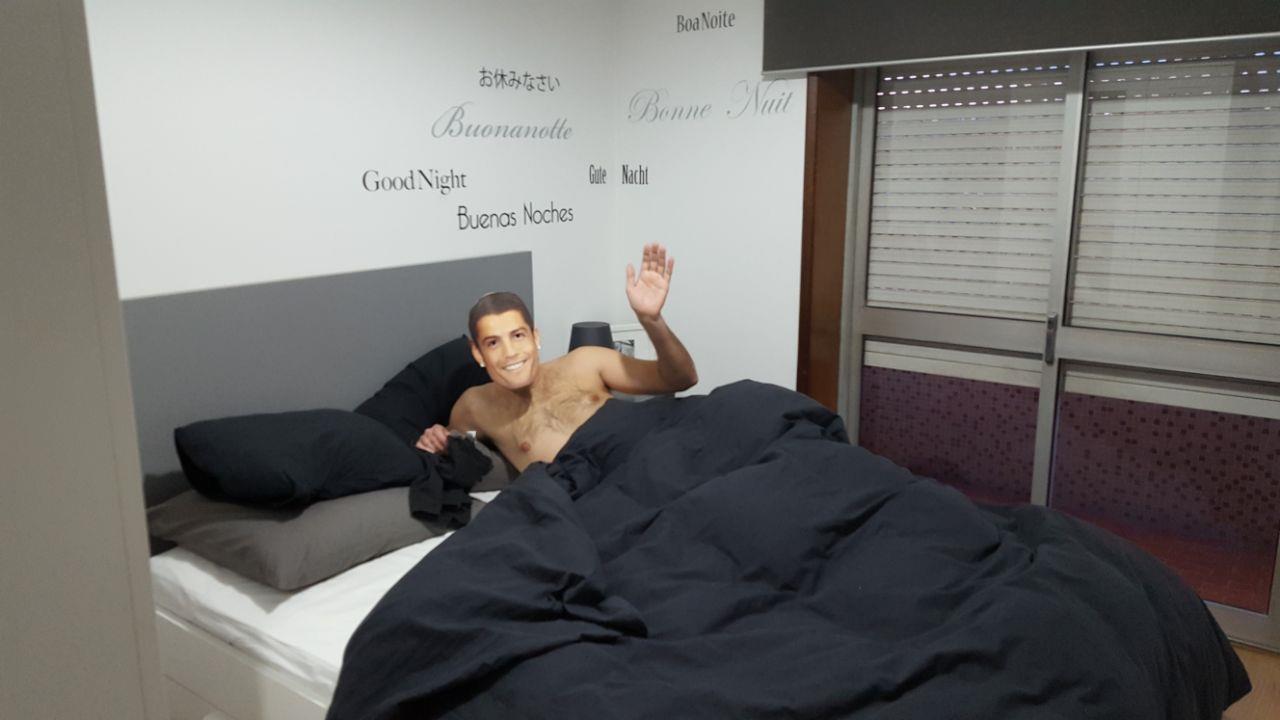

A small example of the hospitality at the end. I like to watch football in the stadium abroad in order to experience the atmosphere and atmosphere there. Since I am a VfB Stuttgart 1893 e. V. fan and nothing will change, it is now and then a change. Otherwise, I prefer to watch live in the stadium games of the big VfB. Our host somehow noticed this and organized us tickets for a match of FC Porto in the Dragon Stadium (Estádio do Dragão) for a fee of 20 euros per card on the main grandstand including fan articles and scarves against a strong Sporting Braga (result: 3:1). We couldn’t look that fast. Just excellent. The stadium itself has some strong elements. All members are immortalized in small tiles in the stadium with names, there is popcorn instead of beer (I don’t want to judge whether this is good here) and the atmosphere is terrific and exuberant. They make (even without beer) real pressure from the ranks. They suffer and live with it. That’s probably why there’s no beer. They’re also so spirited and hot-blooded. If you’re smart, just drink your superbock before and after the game. Very good, excellent experience.
The emphasis on history, art, culture, good food and drink and entertainment offers a lot in the area of quality of life. Also in street art. It’s on a different paper. Porto is worth a visit at any time of the year. The city is just gorgeous. Well done, gentlemen. One of the most attractive small towns in Europe!

INFOTHEK
![]() Livaria Lello: https://www.livrarialello.pt
Livaria Lello: https://www.livrarialello.pt
![]() Clérigos Tower: http://www.torredosclerigos.pt
Clérigos Tower: http://www.torredosclerigos.pt
![]() Rem Koolhaas and Ellen Van Loon – OMA: https://oma.eu
Rem Koolhaas and Ellen Van Loon – OMA: https://oma.eu
![]() Molete Bread & Breakfast Saint Lazarus: https://www.facebook.com/moletesaolazaro
Molete Bread & Breakfast Saint Lazarus: https://www.facebook.com/moletesaolazaro
![]() Café Progresso: https://www.facebook.com/cafeprogresso
Café Progresso: https://www.facebook.com/cafeprogresso
![]() Confeitaria do Bolhao: https://www.confeitariadobolhao.com
Confeitaria do Bolhao: https://www.confeitariadobolhao.com
![]() Traça: http://restaurantetraca.com
Traça: http://restaurantetraca.com
![]() Taberna do Largo: https://www.facebook.com/tabernadolargo
Taberna do Largo: https://www.facebook.com/tabernadolargo
![]() Porto Bars: https://portoalities.com/en/best-bars-in-porto
Porto Bars: https://portoalities.com/en/best-bars-in-porto
![]() Author & Photographer: Frank Hofmann & Sarah Eva Neth
Author & Photographer: Frank Hofmann & Sarah Eva Neth

MORE ARTICLES ABOUT PORTUGAL
>>> Mural Artist Duo – MOTS <<<
>>> Magical Porto Visit <<<
>>> Streetart Porto <<<
>>> Streetart Lagos <<<
>>> Streetart Olhão <<<
>>> Funchal – artE pORtas abErtas <<<
>>> Madeira – Streetart Funchal <<<
>>> Madeira – Streetart Caniço <<<
>>> Streetart Aveiro <<<
>>> Streetart Caniço <<<
>>> Streetart Chaves <<<
>>> Streetart Faro <<<
>>> Streetart Peniche <<<
>>> Streetart Vila Real <<<
>>> Lisboa – Lisbon – Lissabon <<<
>>> Streetart Alvor <<<
>>> Streetart Carvoeiro <<<
>>> Streetart Monchique <<<
>>> Streetart Portimao <<<
>>> Streetart Silves <<<
>>> Streetart Loulé <<<



